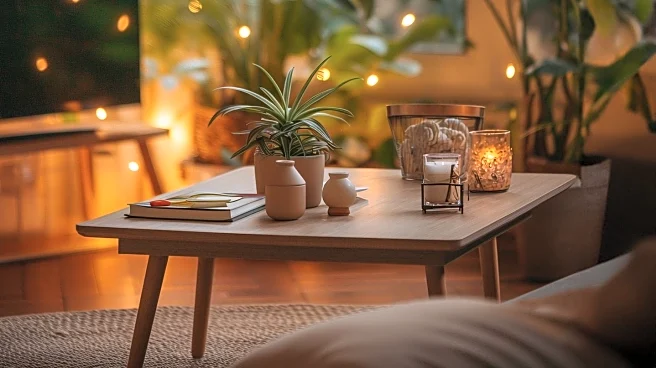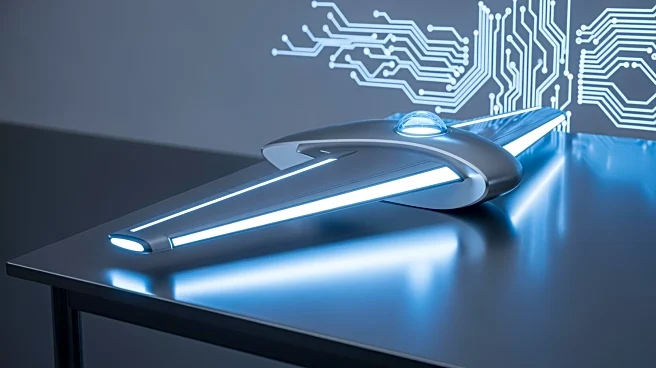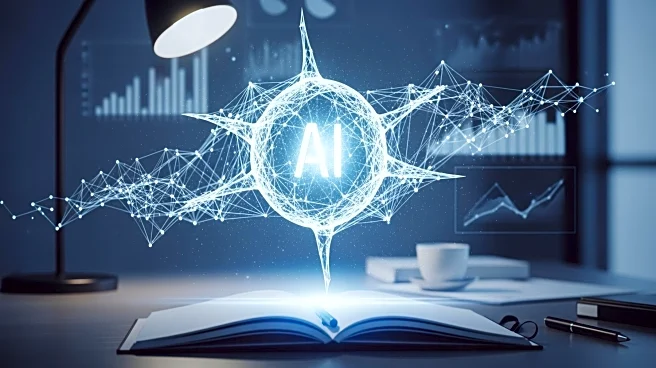What's Happening?
A recent study by 1stDibs reveals a significant increase in the use of artificial intelligence (AI) tools among interior designers, with adoption rates tripling from 9% in 2023 to 29% in 2025. The report,
compiled by Surveys & Forecasts, highlights that designers are increasingly integrating AI for efficiency in renderings and presentations. Despite this growth, 24% of design professionals remain strongly opposed to AI's role in creative industries. The study also notes a trend towards vintage and antique furniture, indicating a blend of modern technology with traditional craftsmanship. The market is seeing new entrants like Havenly AI and Palazzo, offering AI-powered design solutions.
Why It's Important?
The surge in AI adoption among interior designers signifies a shift in the industry towards more technologically driven practices. This trend could lead to increased efficiency and innovation in design processes, potentially reducing costs and time for projects. However, the resistance from a portion of the industry highlights ongoing debates about AI's impact on creativity and craftsmanship. As AI tools become more prevalent, they may redefine design standards and influence consumer preferences, affecting both established firms and new entrants in the market.
What's Next?
The continued integration of AI in interior design is likely to spur further technological advancements and competition among design platforms. Companies may need to address concerns about AI's role in creativity to gain wider acceptance. As AI tools evolve, designers will have to balance technological efficiency with maintaining the artistic integrity of their work. The industry may also see regulatory discussions around AI usage and its implications for design practices.
Beyond the Headlines
The ethical implications of AI in design, such as the potential loss of traditional craftsmanship and the impact on employment, could become more pronounced. Designers may need to navigate the balance between innovation and preserving the cultural significance of design elements. Long-term, AI could lead to a democratization of design, making high-quality design accessible to a broader audience.












